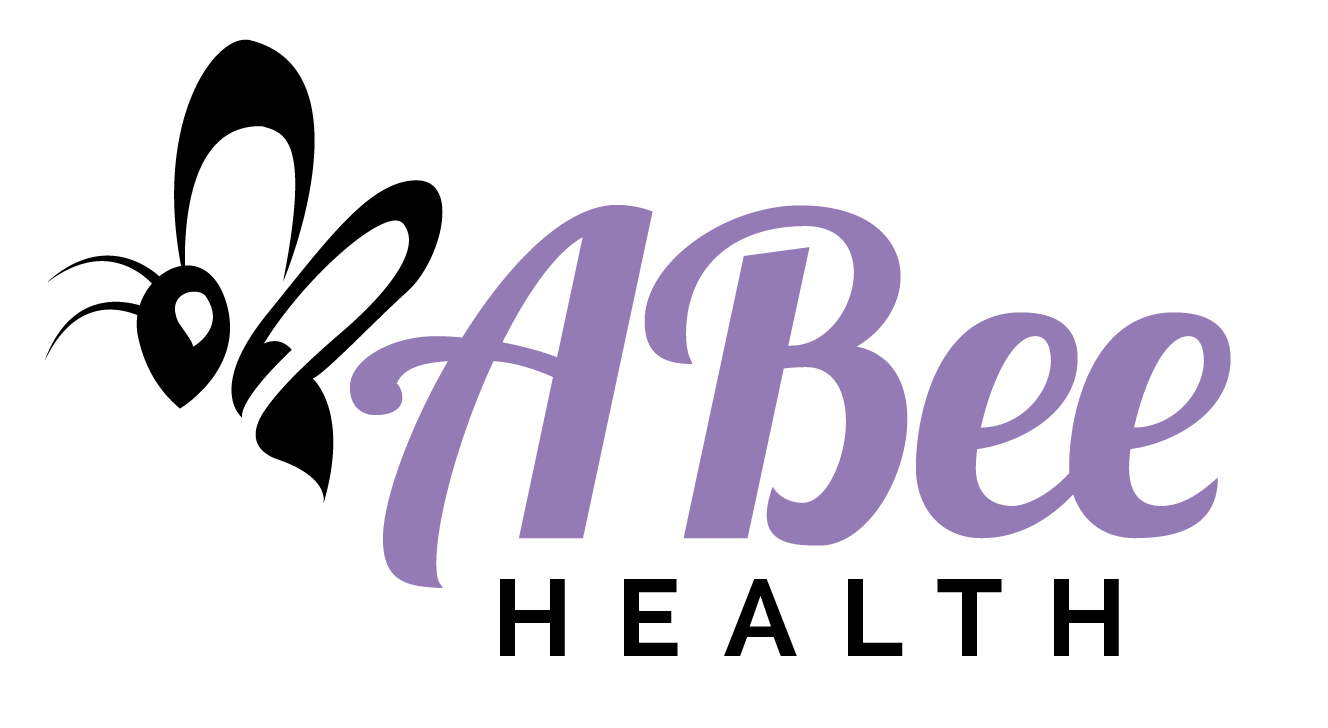 Arm yourself with the tools you need to boost your immune function and help fight against illness such as colds and flu.
Arm yourself with the tools you need to boost your immune function and help fight against illness such as colds and flu.
Key nutrients for a strong immune system include citrus fruits of all kinds which are rich in vitamin C, a potent antioxidant that plays a key role in the mobilisation of your immune system defences. However, vitamin C is not the only nutrient beneficial to your immune system. Zinc is another powerful immune system supporter, found in meat, eggs, seafood, nuts and seeds. Zinc helps infection-fighting white blood cells to be deployed at the first sign of a disease-causing invader, such as a virus or bacteria. These two nutrients form an essential immune system foundation to help reduce the incidence and severity of colds and infections.
Vitamin D also plays an important role in the overall function of your immune system, working behind the scenes to help ‘marshal’ your immune cells to the site of an infection. During winter your stores of vitamin D can decline as you spend more time indoors and less time soaking up the sunshine required to manufacture your own supply. Supplementing with this important vitamin can help maintain your infection-fighting capacity over the winter months. At ABee Health we use and recommend high quality, clinically effective immune-boosting nutrients at the correct dose to help you stay well this winter.
Vitamin D testing (blood spot or pathology lab) is available through ABee Health to monitor optimal levels of Vitamin D.
Looking after your immunity
Your gastrointestinal tract contains approximately 70% of your immune system, so ensuring your gut is populated with plenty of beneficial micro-organisms (‘good bugs’) is central to you maintaining optimal immune function. These beneficial bacteria or ‘probiotics’ are now understood to have very different health benefits depending upon their subset or ‘strain’, with certain specific strains able to support your immune system and help keep it in top form. Lactobacillus acidophilus (NCFM strain) and Lactobacillus rhamnosus (LGG and HN019 strains) in particular can reduce the incidence of respiratory infections that are common in winter.
Lifestyle Tips to Support Good Health
Busy people often forget to prioritise regular ‘down-time’, but the stress of being on the go all the time can significantly drain your immune function and leave you more susceptible to falling prey to any viruses you may come in contact with. Help yourself recharge by scheduling regular relaxation and ‘me time’ such as reading a good book, getting a massage, or perhaps a yoga class followed by a long soak in a warm bath. Ensuring you get sufficient sleep also enables your body to rest and repair, keeping you ready to fight whatever battles you may encounter tomorrow.
Prevention
Rather than succumbing to yet another cold or flu this year, help support your immune system and keep you enjoying what the winter season has to offer. Make an appointment or enquiry at ABee Health about how you can boost your infection-fighting capacity with high quality, clinically effective vitamin C, zinc, vitamin D, immune-boosting probiotics and practitioner prescribed and personally formulated herbal medicines.
Zinc and Vitamin D testing available.



 Pyrroles is also known as pyrrole disorder, kryptopyrrole, pyroluria, or Mauve Factor where urinary pyrrole concentrations known as HPL (hydroxyhemopyrrolin-2-one) are elevated and associated nutrient deficiencies such as zinc, vitamin B6 and vitamin C. Pyrroles is an abnormal metabolism of haemoglobin (oxygen-carrying pigment of the red blood cells). HPL when excreted (via urine) takes these vital nutrients with them – like “stripping” them from the body resulting in deficiencies. Elevated HPL is also found to be associated with high unbound copper levels which has been shown to be neurotoxic.
Pyrroles is also known as pyrrole disorder, kryptopyrrole, pyroluria, or Mauve Factor where urinary pyrrole concentrations known as HPL (hydroxyhemopyrrolin-2-one) are elevated and associated nutrient deficiencies such as zinc, vitamin B6 and vitamin C. Pyrroles is an abnormal metabolism of haemoglobin (oxygen-carrying pigment of the red blood cells). HPL when excreted (via urine) takes these vital nutrients with them – like “stripping” them from the body resulting in deficiencies. Elevated HPL is also found to be associated with high unbound copper levels which has been shown to be neurotoxic.